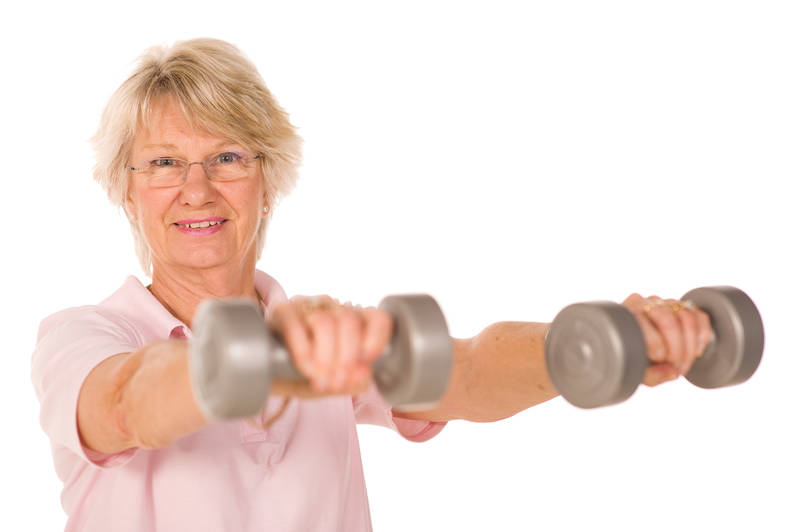What is it?
Osteoporosis is a disease that makes bones become brittle leading to a higher risk of breaks/fractures than in normal bone.
Osteoporosis occurs when bones lose minerals, such as calcium, more quickly than the body can replace them, causing a loss of bone thickness (bone density or mass).
Osteoporosis is a common disease in Australia with 1.2 million people estimated to have osteoporosis and further 6.3 million with low bone density.
How is it diagnosed?
A bone density scan that measures the density of your bones
What will the result tell me?
A bone density scan will determine if any action is needed to improve your bone health. The result will indicate if your bones are in the range of either:
- Normal
- Low bone density (called osteopenia) or
- Osteoporosis
(https://www.osteoporosis.org.au/diagnosis)
How do I prevent Osteoporosis?
- Adequate Vitamin D and Calcium in your diet
- Exercise
Exercise and Osteoporosis:
Regular levels of exercise helps in maintaining or improving bone density. Exercise also increases the size, strength and capacity of our muscles.
However exercise must be regular and ongoing to have a proper benefit. Our bones become stronger when a certain amount of impact or extra strain is placed on them. This means there are specific types of exercises that are better for bone.
How can we help at Innovations Physio and Pilates?
- Clinical Exercise Classes: In our Reformer or Mat Clinical Pilates classes we can focus on resistive and weight bearing exercises that will help to improve your bone density and improve muscle strength.
- Individual Assessment: we can help to devise a home/ gym program full of weight bearing exercises that you can carry out in the comfort of your own home or at a local gym.
The Impact of Selected exercise on bone health:
High Osteogenic Activities:
- Basketball/ Netball
- Impact aerobics
- Dancing and Gymnastics
- Tennis
- Skipping
Moderately Osteogenic Activities:
- Running/ Jogging
- Brisk/Hill walking
- Resistance Training
- Stair Climbing
Low Osteogenic Activities:
- Leisure Walking
- Lawn Bowls
- Pilates/ Yoga/ Thai Chi
Non-Osteogenic Activities:
- Swimming
- Cycling

